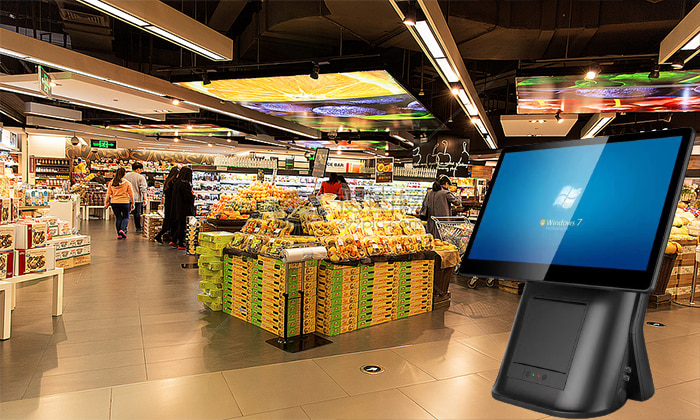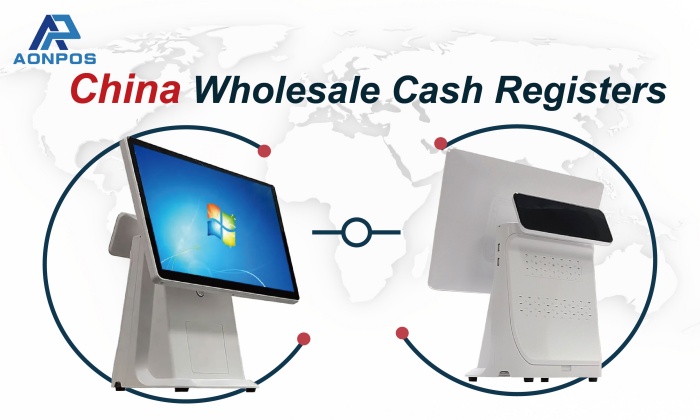The Evolution of POS (Point of Sale) Systems
Dec 22, 2023
POS systems boast a rich history marked by continuous evolution to meet the dynamic needs of businesses. Here is a succinct overview of the historical milestones in the development of POS systems:
1. Cash Registers (Late 19th Century): The origins of POS systems can be traced back to the late 19th century with the invention of the mechanical cash register by James Ritty in 1879. These early devices were designed to meticulously record sales, curbing employee theft by logging transactions.
2. Adding Machines (Early 20th Century) In the early 20th century, adding machines were seamlessly integrated into cash registers, facilitating advanced calculations and enhancing efficiency in transaction handling.
3. Electronic Cash Registers (ECRs) (1970s):With the advent of electronics, cash registers evolved into Electronic Cash Registers (ECRs) during the 1970s. ECRs featured electronic displays and enhanced functionality, marking a significant advancement in POS system capabilities.
4. Barcode Scanners (1970s - 1980s):The 1970s witnessed the introduction of barcode technology, revolutionizing product identification. Barcode scanners were seamlessly integrated into POS systems, streamlining the checkout process and improving accuracy.
5. Computerized POS Systems (1980s - 1990s):The 1980s and 1990s witnessed a pivotal shift towards computerized POS systems. Leveraging personal computer technology, these systems featured advanced software capable of managing inventory, generating sales reports, and performing various other tasks.
6. Touchscreen POS Systems (1990s - 2000s):The 1990s and 2000s saw the widespread adoption of touchscreen technology in POS systems. These intuitive interfaces made interactions more user-friendly and allowed for greater customization, enhancing the overall user experience.
7. Cloud-Based POS Systems (2010s - Present): Recent years have seen a significant transition towards cloud-based POS systems. These advanced systems store data in the cloud, enabling businesses to access information remotely, integrate with other applications, and provide increased operational flexibility.
8. Mobile POS (mPOS) Systems (2010s - Present): The proliferation of smartphones and tablets in the 2010s led to the development of Mobile POS systems. These solutions empower businesses to process transactions on mobile devices, offering unparalleled flexibility and mobility.
9. Integration with E-commerce (Present): In response to the exponential growth of online retail, modern POS systems seamlessly integrate with e-commerce platforms. This integration allows businesses to efficiently manage both physical and online sales from a centralized system.
In conclusion, the evolution of POS systems reflects a continuous commitment to technological advancements and meeting the evolving needs of businesses. From the rudimentary cash registers of the late 19th century to the sophisticated, cloud-based, and mobile POS systems of today, the history of POS technology underscores the quest for enhanced efficiency, accuracy, and customer service in the ever-changing landscape of retail and hospitality sectors.

